As our homes become increasingly connected, it’s common to experience slower Wi-Fi speeds, especially during peak hours. In search of ways to improve connection quality, some tech enthusiasts suggest an unconventional hack: placing aluminum foil behind your router. But does it really work?
A Professor’s Take

James McQuiggan is a Security Awareness Advocate for KnowBe4 and a part-time faculty professor at Valencia College in the Engineering, Computer Programming & Technology Division. As such, he’s studied and thoroughly researched all things technology. He points out an interesting technique for boosting your Wi-Fi connection speed, using a sheet of aluminum foil behind your router.
Read More: Why Do Cows Have Holes in Their Stomachs in America?
Aluminum Foil Behind your Router for Faster Connection
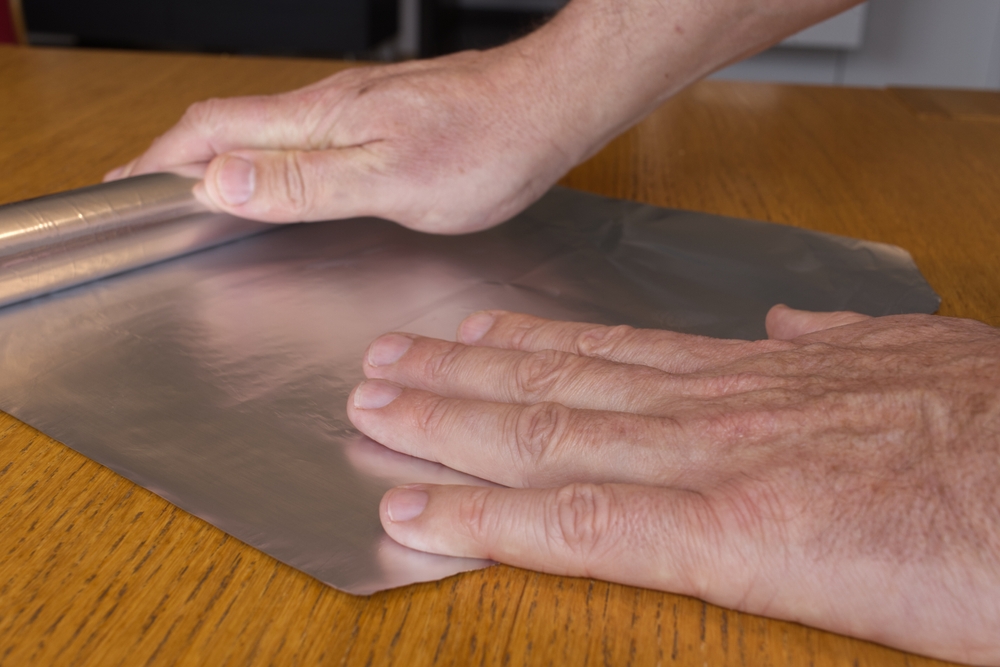
Apparently, when more devices are connected to the same wireless network, the signal becomes weaker. ”Like a sprinkler head spraying water in all directions,” explains McQuiggan. As a result, wireless signals go to places where they’re not needed and weaken them where they are.
Additionally, obstructions like furniture or walls can impact the signal strength. That’s where the aluminum foil behind your router takes effect. Placing the aluminum foil behind your router with the shiny side facing outward will reflect the signal. This allows it to travel more freely yet methodically. Additionally, shaping the aluminum foil behind your router will give you more control over where the signal travels.
Testing the Theory
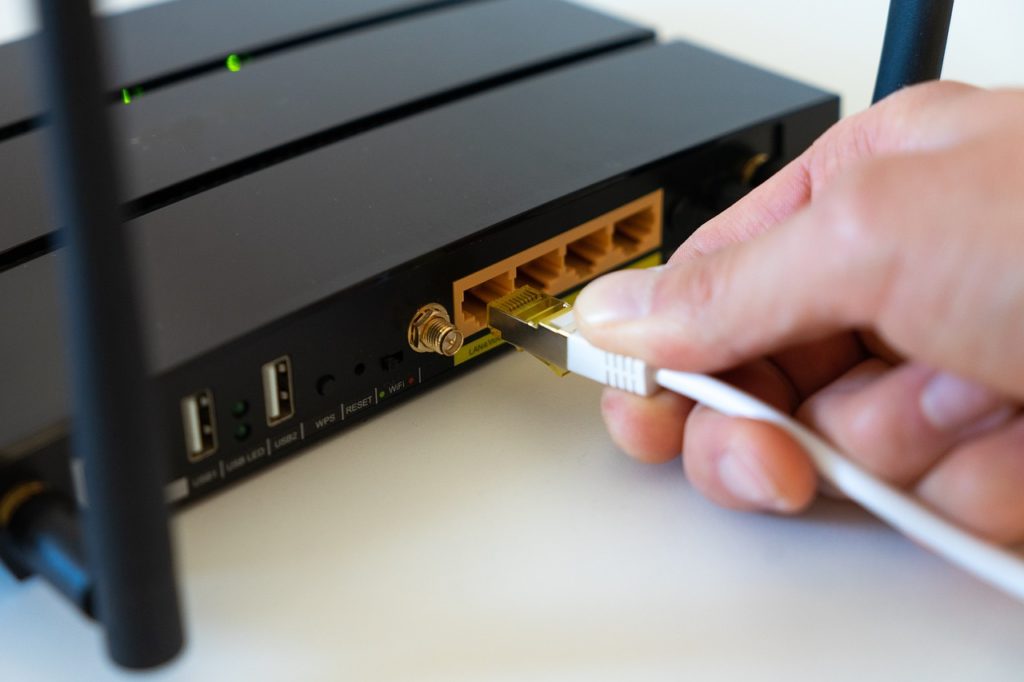
Although this hack might seem illegitimate, a research team at Dartmouth studied the theory, confirming Professor James McQuiggan’s theory. The team reported they created a “3D-printed shape” that was “covered in aluminum.” And strategically placed it to control where the signal traveled. They boosted the signal in desired places by more than half. Meanwhile, they decreased the signal in undesired places by just over 60%.
How to Place Aluminum Foil Behind Your Router

What you’ll need:
- 1 Foot Sheet of Aluminum Foil (Be Sure to Cover the Aentena to the Top) Note: Some routers won’t have an external antenna.
- Create a “C” shape with the sheet then place the aluminum foil behind your router. The shiny side should be facing inside the curve, toward the router. Fold out the bottom of the sheet to create a stand if it needs extra support to stand upright.
- Last, check the connection by going where you’d like to see an increase of signal such as on the couch or in the kitchen. Type “Google speed test” into your phone or computer browser’s search bar. Then run the blue “run speed test“ to get a report containing the connection speeds.
Aluminum Foild Behind your Router for Security
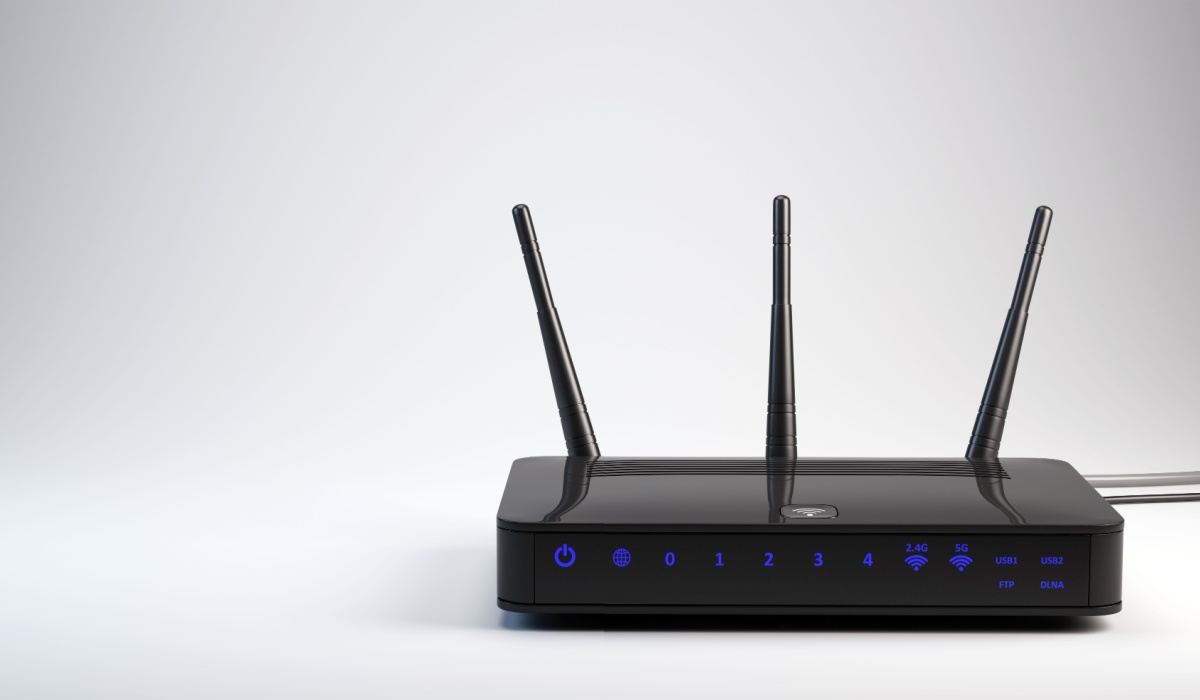
Apparently, placing aluminum foil behind your router is good for more than only improving speed and efficiency. The Dartmouth team also discovered the hack may be a successful way to ensure a secure connection. Placing aluminum foil behind your router limits how far the WiFi signal can reach, meaning hackers won’t be able to reach your connection, especially if you arrange the signals to avoid areas where a connection is never needed. “Such physical confinement of wireless signals serves as a complementary method to existing network security measures, such as encryption, and hence raises the barrier for attackers,” the researchers wrote.
Read More: High Utility Bill? 7 Signs To Avoid Being Scammed (Internet, Electricity and More)
Home Test

Results can vary. While the Dartmouth study shows potential, some users, like Brooke, have reported little to no difference in their internet speed. Brooke tested the hack by comparing speeds in different areas of her home but found no improvement using aluminum foil.
“It didn’t quite work for me, but it’s worth trying if you’re dealing with poor Wi-Fi and want to avoid buying a Wi-Fi extender,” she notes.
Other Tools
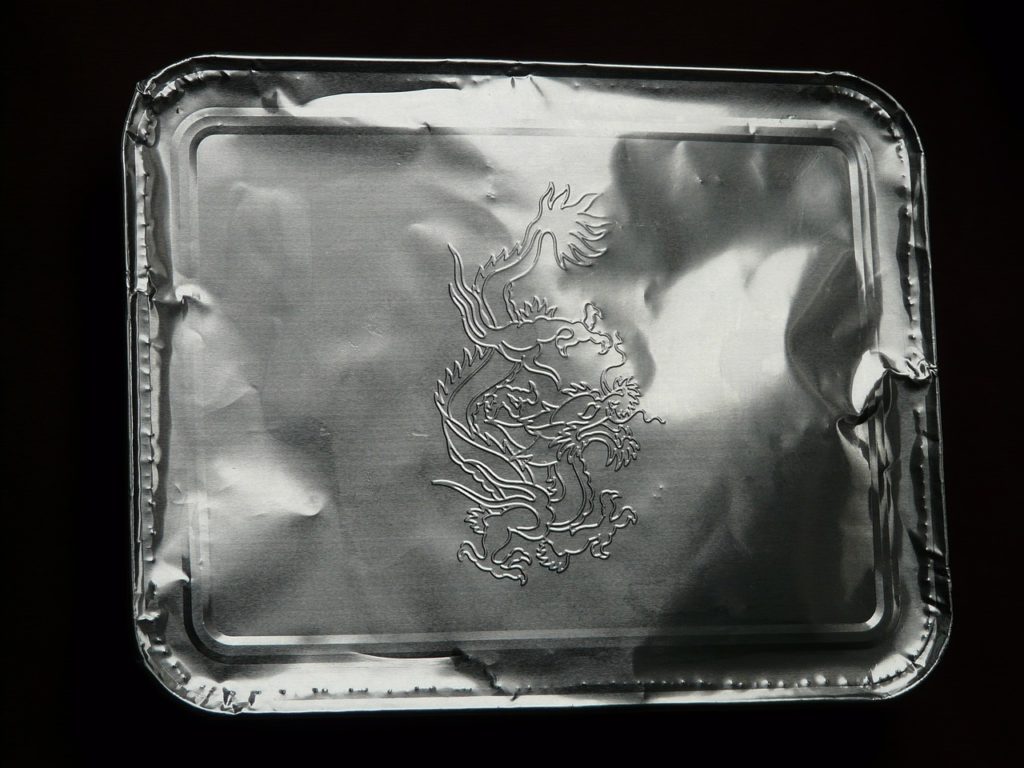
Putting aluminum foil behind your router is seemingly the easiest option but other basic household items may also be used to substitute the aluminum. Essentially, any metal item, typically, found in the kitchen. Some examples include metal baking sheets and beverage cans. The most important aspect is how they’re shaped and positioned. It’s recommended to “make sure to position them so that the curved, reflective part faces toward the area in your home where you want to amplify the Wi-Fi.”
Boosting Signal
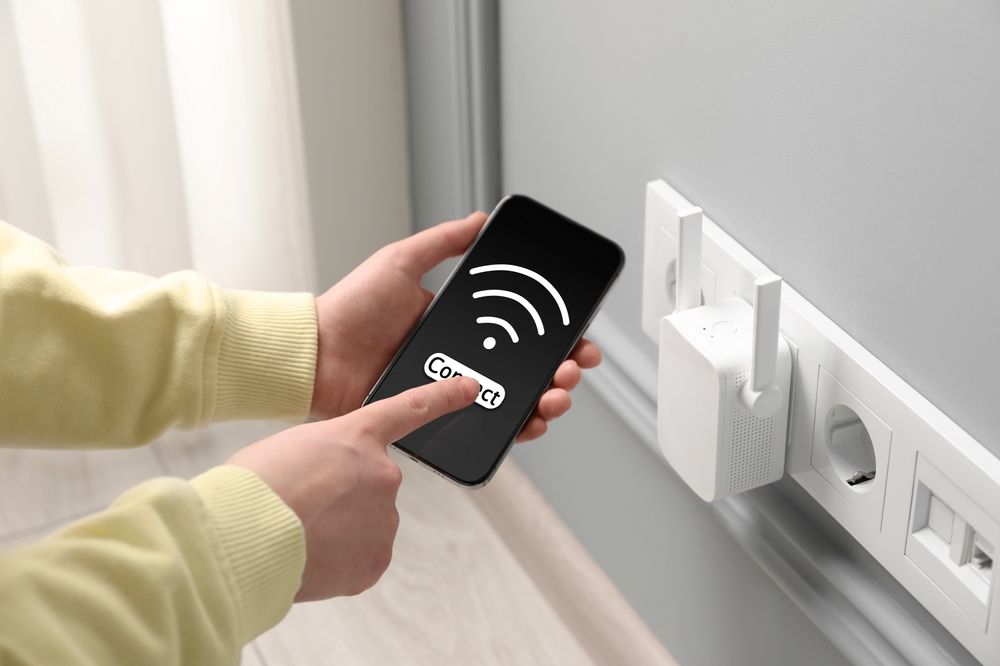
While this trick may help some users, it’s important to manage expectations. “While foil can help concentrate the signals, it’s usually not a great solution compared with upgrading your router or positioning it more optimally,” McQuiggan advises. Other solutions, like using a Wi-Fi extender or upgrading your internet plan, may provide more consistent results.
At the end of the day, putting aluminum foil behind your router is a low-cost, low-risk experiment, but don’t expect it to solve all your Wi-Fi problems. It’s worth considering, especially if other methods are out of your budget.
Read More: What Does “SOS” Stand For?



